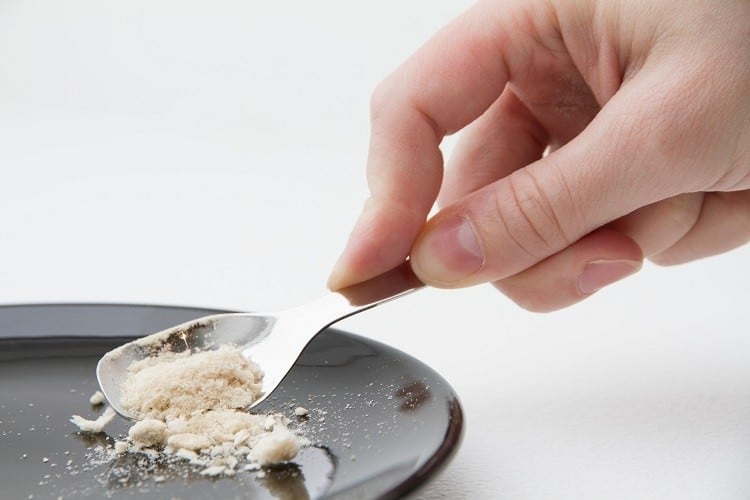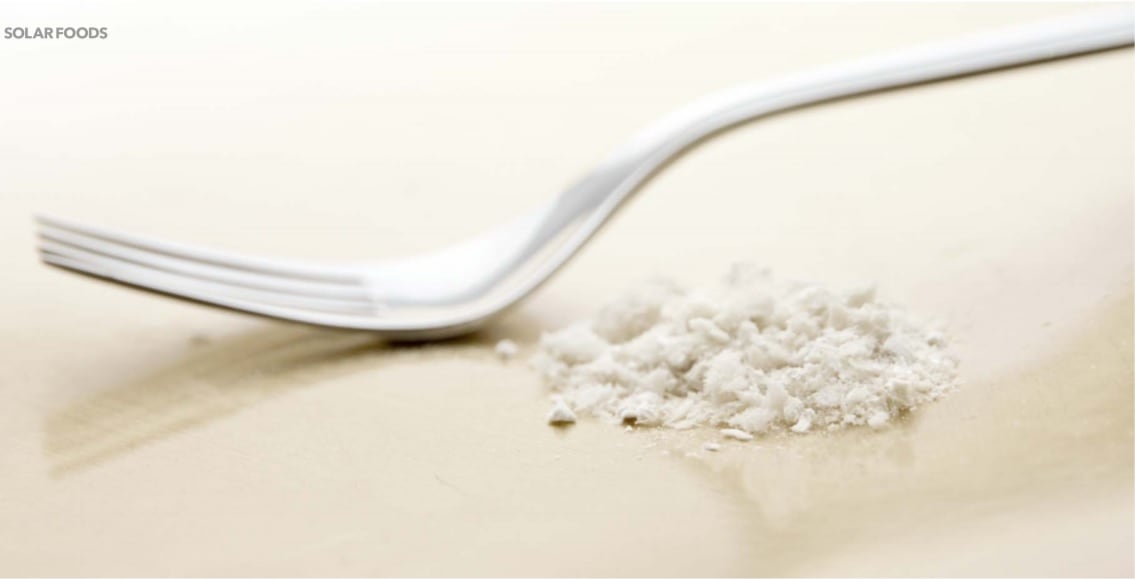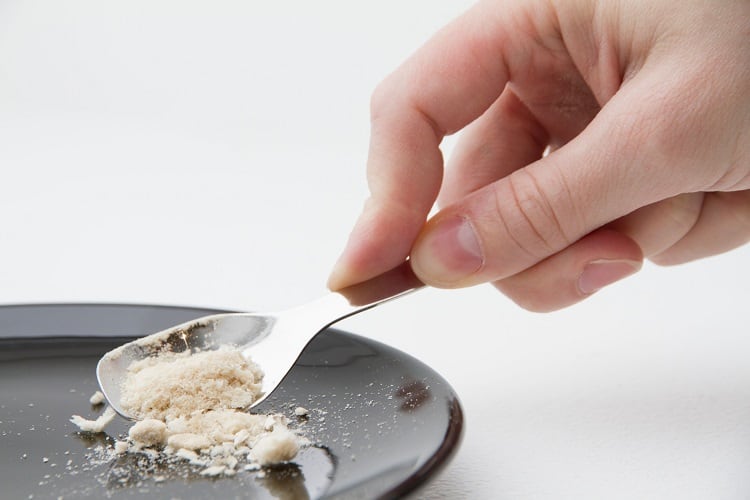Finnish start-up Solar Foods is developing a complete protein ‘made from air’. More specifically, the novel ingredient Solein is made from carbon dioxide (CO₂), air and electricity.
As such, Solar Foods is disconnecting food production from agriculture. The start-up claims Solein is 100 times more climate-friendly than any animal or plant-based alternative. In terms of land efficiency, is 10 times more efficient than soy production – by a metric of usable protein yields per acre.
Solar Foods has also said that Solein could also compete with soy on price – and within just five years.
Tapping the Sun Belt for cost parity
The reason for this is two-fold, Solar Foods CEO Pasi Vainikka told FoodNavigator.
Firstly, Solar Foods believes it will be at full-scale production, in a ‘full-scale’ factory, within five years. Secondly, if Solar Foods has access to the cheapest source of renewable electricity for production, “we think we could match soy”, said the CEO.
So where can one find low-cost renewable energy? Across the Sun Belt, Solar Panels Electricity (PV) has become the cheapest source of power, Vainikka explained.
The Sun Belt region comprises 15 southern states in the US, including sunny California. “The Sun Belt [refers to] areas on the planet where there is a lot of sun,” the CEO elaborated, citing US Gulf States, certain areas in Asia, Morocco, United Arab Emirates, Saudi Arabia, northern Australia, and ‘some parts’ of South America.
The cost of wind power has also rapidly declined in recent years, particularly in areas with ‘the best wind conditions’: northern Scandinavia, Siberia, and South America.
“If we are in the location of this cheap power source, and if we [were to] invest in a large-scale facility in this location, we could reach a very low cost for the production of this protein,” Vainikka elaborated. “And the reason for this is that a large proportion, in large scale installations, of the production cost [comes] from electricity.”
Vainikka stressed that Solar Foods’ manufacturing plants needn’t be located in these sunny or windy regions, but that the lowest production cost is likely to be reached in such areas.
An ingredient made from CO2, air, and electricity?
In an interview with FoodNavigator last year, Solar Foods’ CEO explained how the start-up uses CO₂, air, and electricity in a fermenting process to make Solein.
At the time, Vainikka likened the manufacturing process – for the nonprofessional – to wine or beer production.
When making wine, grapes provide the sugar and carbon for the fermentation process. Yeast is then added to convert the sugars into the final alcohol product. Instead of yeast, Solar Foods uses a ‘completely natural’ proprietary organism instead of sugars. The organism eats CO₂ and hydrogen for its source of carbon, Vainnika explained.
For the nitrogen element, Solar Foods uses ammonia in a water solution. “It is produced from nitrogen in the air already by combining with hydrogen. We can make our own ammonia from the air, as we already produce a lot of hydrogen from the microbes,” the CEO told this publication.
“We feed the bacteria with the CO₂ and hydrogen bubbles [produced using water electrolysis] and it grows and multiplies.”
Solar Foods’ team continually removes liquid from the modified reactors, which it then dries to produce the Solein powder.
How will consumers eat Solein?
Once Solar Foods’ novel ingredient is commercialised, the start-up predicts it will be used in three segments of the food industry.
One sector is ‘existing food products’, Vainnika told this publication. In this way, Solein will be used in food formulation just like any other protein ingredient. Finished food products that could incorporate added protein include breads and pastas, soups, and ready meals.
Plant-based dairy, ‘spoonable products’, yoghurts, and shakes could also use Solein for added protein, he added.
The second category covers plant-based meat alternatives, which are largely dominated by soy and pea protein. And the third relates to cultured meat production: “If cultured meat production scales…in the future, whether it is fish, poultry, or mammal meat, you will need to feed the cells with something,” we were told, “and that is mainly sugar and amino acids”.
Solar Foods believes it can prepare a cultured medium using its novel protein, to ultimately replace foetal bovine serum (FBS). “You give it to the muscle cells to eat. The consumer would [eat] real meat that was grown in a lab and fed with our protein ingredient. Therefore, we would be able to disconnect food production from agriculture.”




